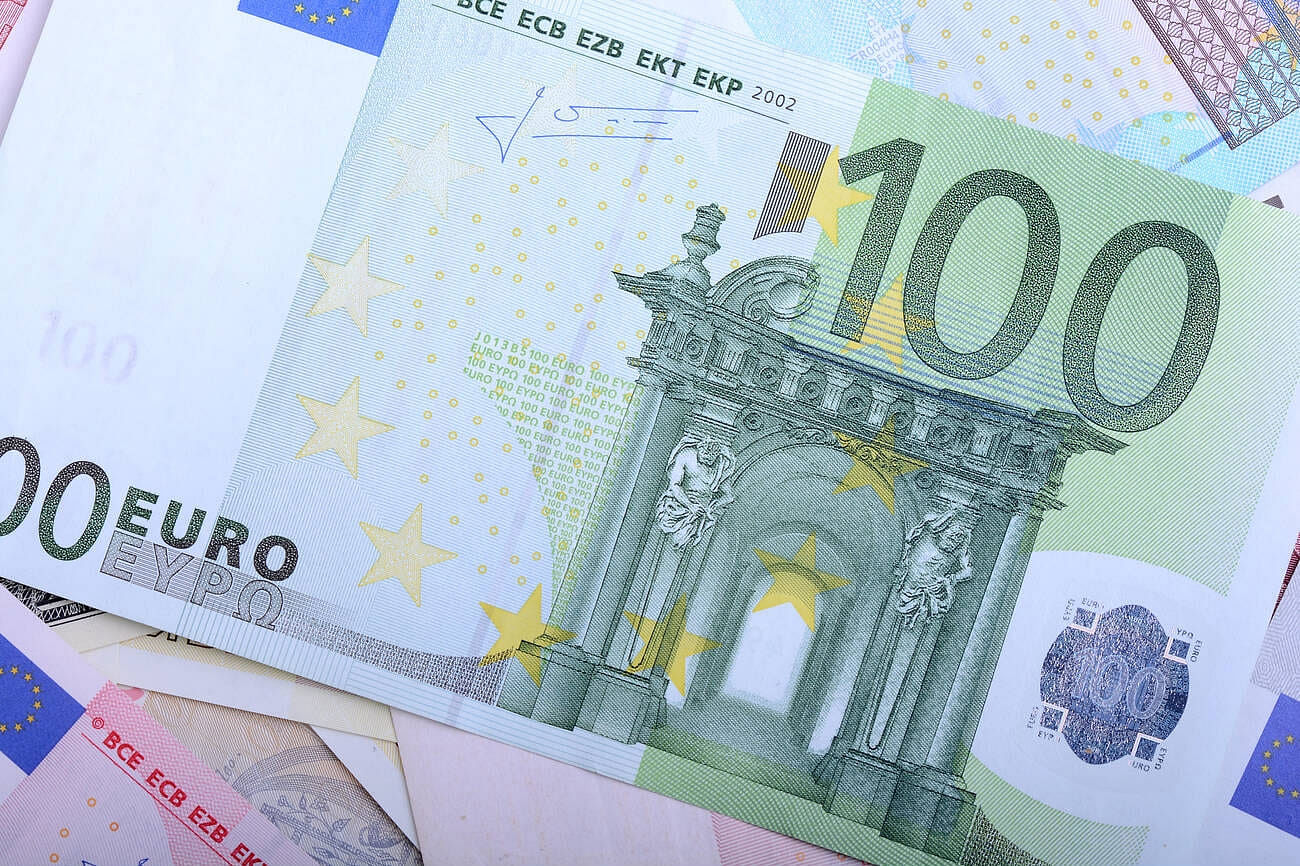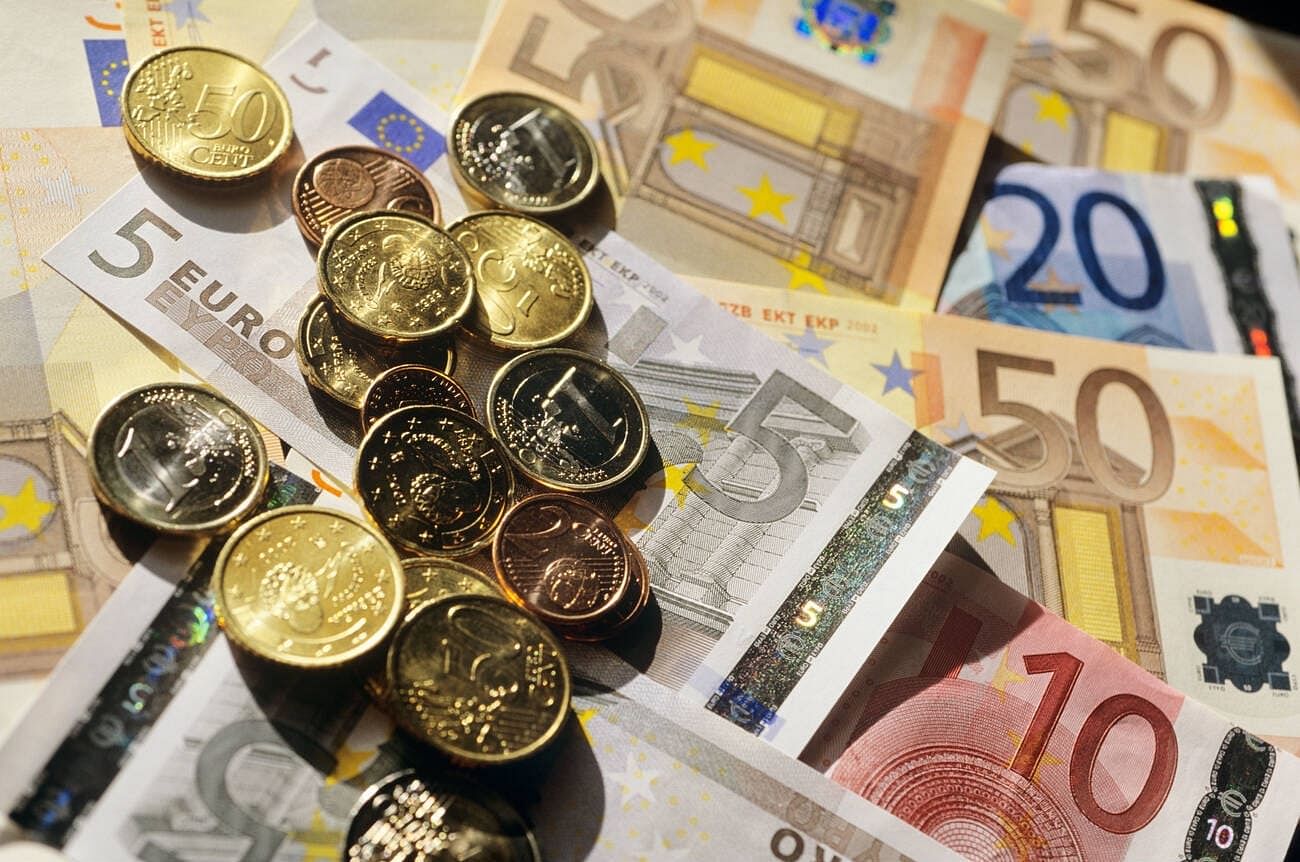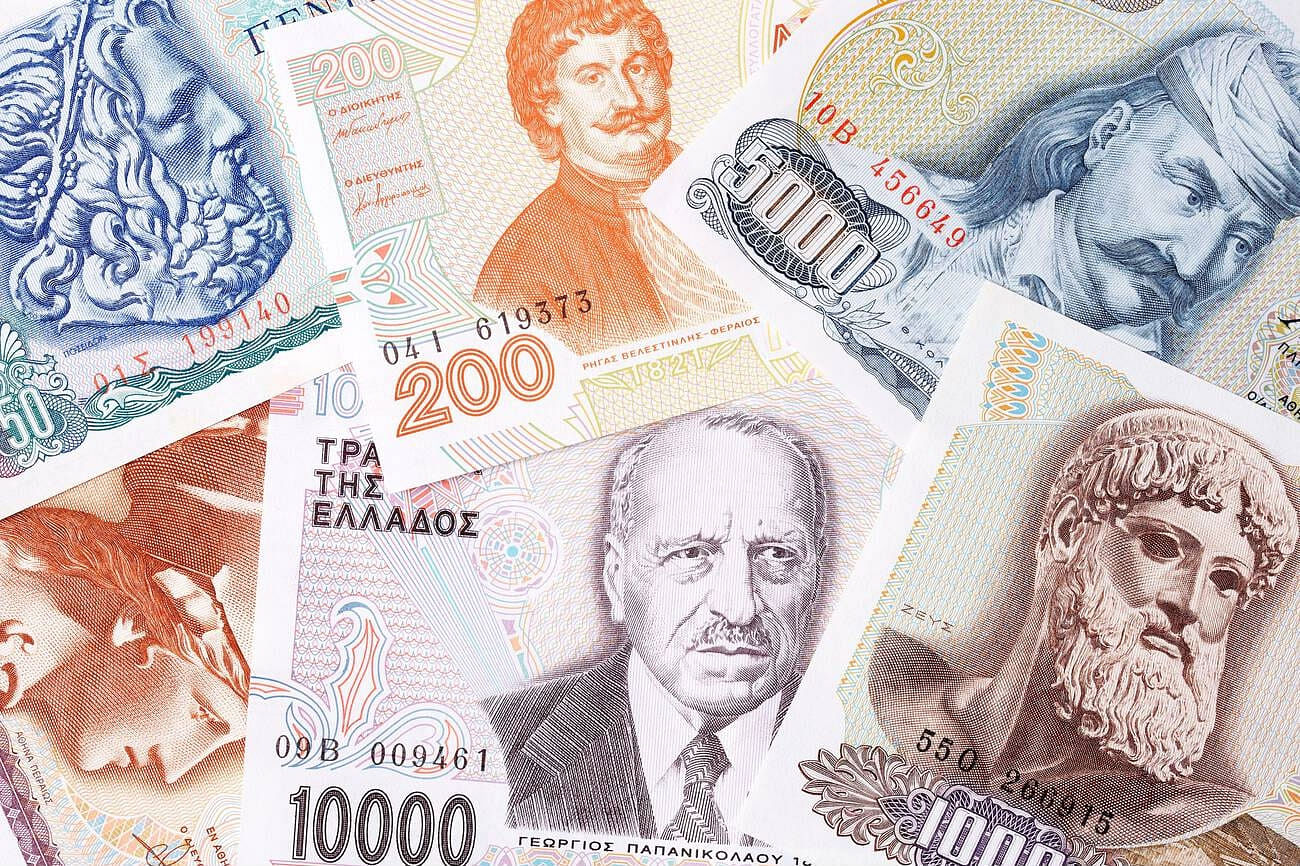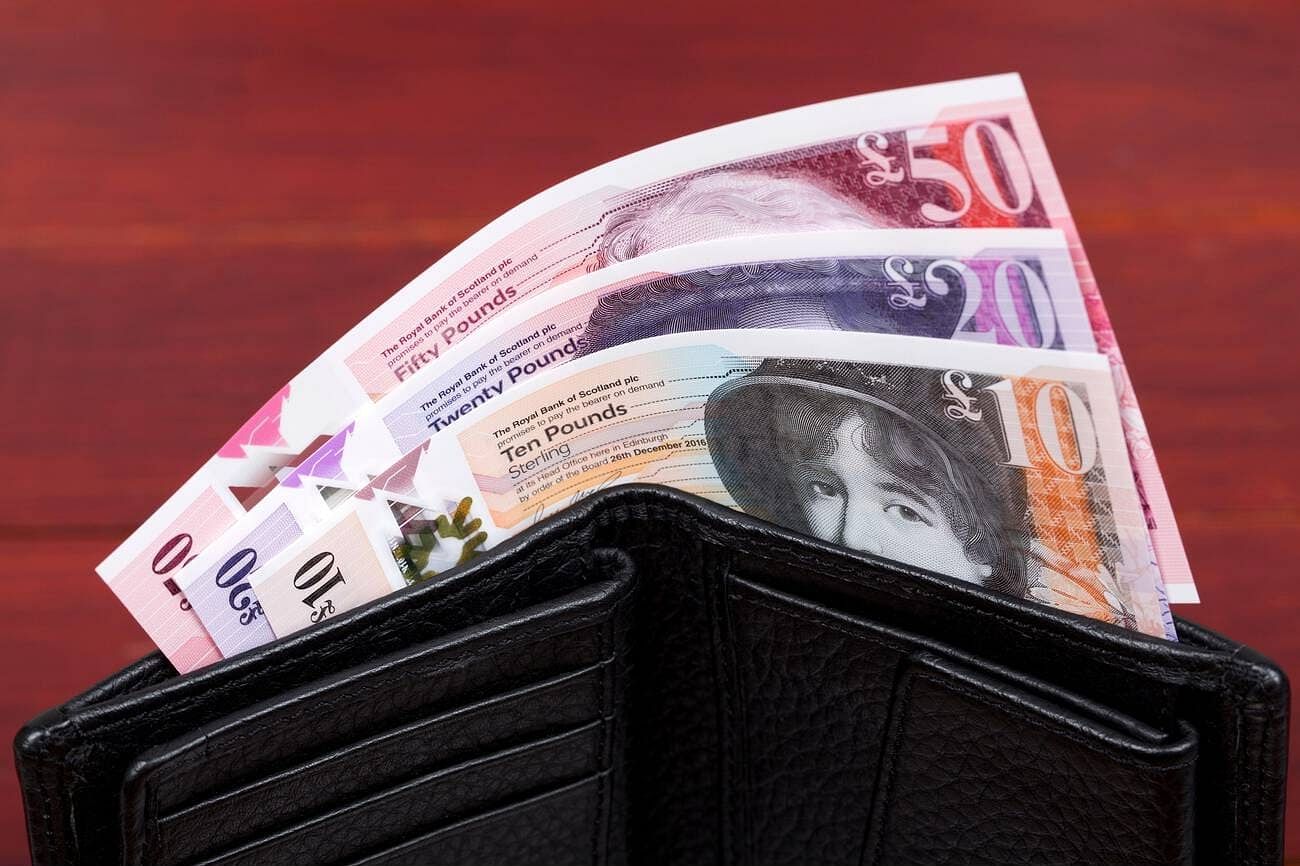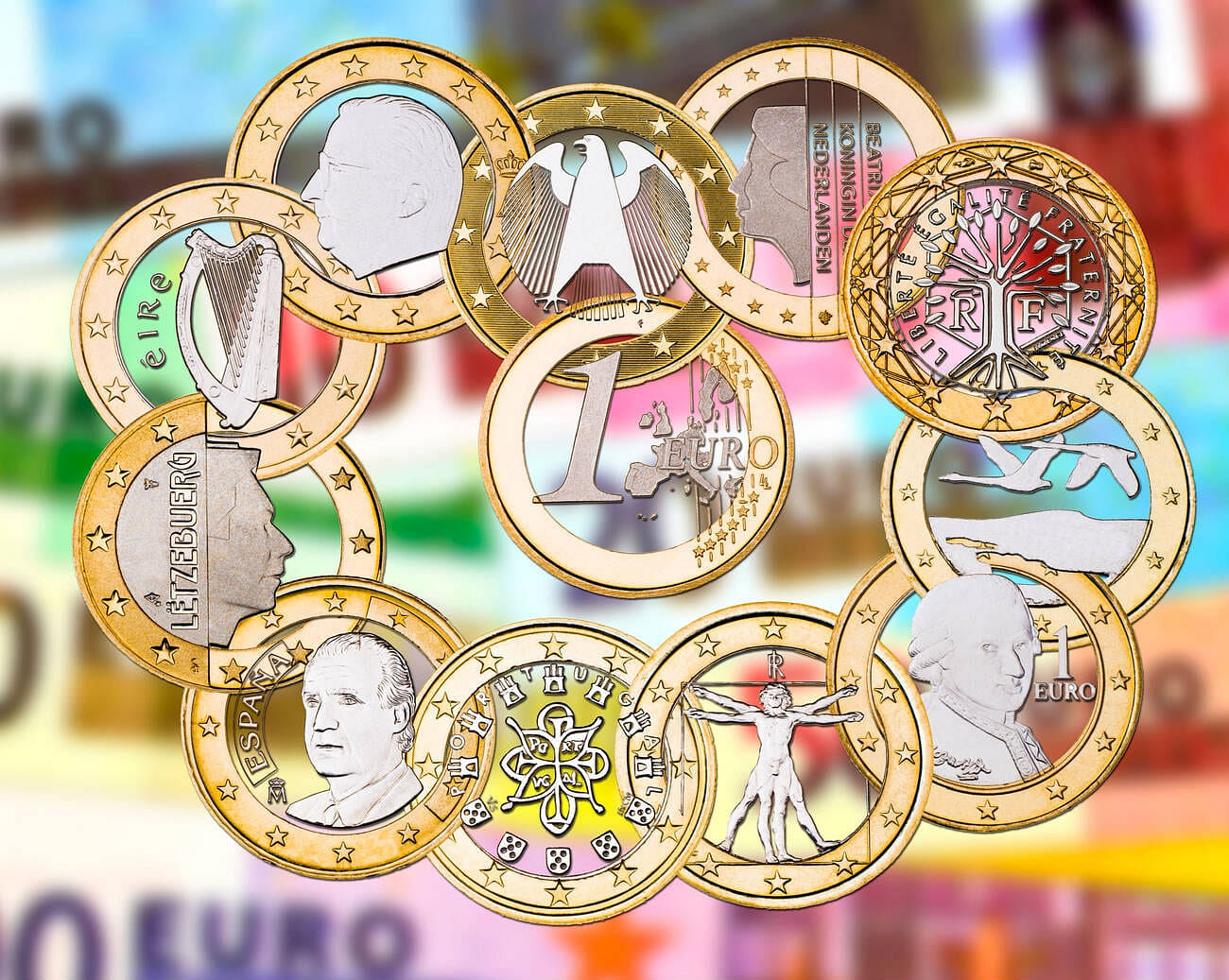Figuring out the currencies of Europe is not as easy as you might think because every country has it’s own currency which might confuse you a little, but don’t worry, we have you covered with our Currency of Europe Guide, so you don’t have to worry about a thing while you are having the best time of your life with our best Europe Travel Packages.
We don’t blame you because we agree that the currency of Europe is puzzling where some countries are on the team Euro side, while others carry their own currencies proudly like a badge of honour. Well, it doesn’t matter which side these countries are on because we will help you with everything you need to know about the currency of European Countries, from Euros to British Pounds, what is the current exchange rate, we’ll cover everything you need.
What is the Currency of Europe?
Since Europe is a continent with 50 countries, so you might ask what is the currency of Europe? The currency of Europe is Euro, which is preferred by most countries to maintain uniformity and ease of exchange, while others, on the other hand, have their own currency. Let’s talk about the European and non-European countries and check out the list of currencies in Europe.
List of Currencies In Europe
Since the continent is divided into European and non-European countries, we’ll discuss the currency of European Countries.
- Austria – euro (EUR)
- Belgium – euro (EUR)
- Cyprus – euro (EUR)
- Estonia – euro (EUR)
- Finland – euro (EUR)
- France – euro (EUR)
- Germany – euro (EUR)
- Greece – euro (EUR)
- Ireland – euro (EUR)
- Italy – euro (EUR)
- Latvia – euro (EUR)
- Lithuania – euro (EUR)
- Luxembourg – euro (EUR)
- Malta – euro (EUR)
- Netherlands – euro (EUR)
- Portugal – euro (EUR)
- Slovakia – euro (EUR)
- Slovenia – euro (EUR)
- Spain – euro (EUR)
- Belgium – euro (EUR)
Non-EU Countries Using Euros
Some European countries which are not a part of the European Union but still use Euros are:
- Andorra – euro (EUR)
- Kosovo – euro (EUR) (unofficially, not part of the EU)
- Monaco – euro (EUR)
- San Marino – euro (EUR)
- Vatican City – euro (EUR)
Suggested Read: Visa Free Countries In Europe For India
Non-Euro EU Countries (EU Countries with National Currencies)
Some European Countries which are not a part of the European Union have their very own currency:
- Bulgaria – Bulgarian lev (BGN) (1 BGN = INR 47.22)
- Croatia – Croatian kuna (HRK) (1 HRK = INR 12.27)
- Czech Republic – Czech koruna (CZK) (1 CZK = INR 3.71)
- Denmark – Danish krone (DKK) (1 DKK = INR 3.71)
- Hungary – Hungarian forint (HUF) (1 HUF = INR 0.23)
- Poland – Polish złoty (PLN) (1 PLN = INR 22.02)
- Romania – Romanian leu (RON) (1 RON = INR 18.57)
- Sweden – Swedish krona (SEK) (1 SEK = INR 8.53)
Non-EU Countries in Europe with Their Own Currencies
- Albania – lek (ALL) (1 ALL = INR 8.53)
- Armenia – dram (AMD) (1 AMD = INR 0.22)
- Azerbaijan – manat (AZN) (1 AZN = INR 50)
- Belarus – Belarusian ruble (BYN) (1 BYN = INR 26.14)
- Bosnia and Herzegovina – convertible mark (BAM) (1 BAM = INR 47)
- Georgia – lari (GEL) (1 GEL = INR 30.85)
- Iceland – Icelandic króna (ISK) (1 ISK = INR 0.65)
- Liechtenstein – Swiss franc (CHF) (1 CHF = INR 96.99)
- Moldova – Moldovan leu (MDL) (1 MDL = INR 4.74)
- Montenegro – euro (EUR) (unofficially) (1 EUR = INR 92.50)
- North Macedonia – denar (MKD) (1 MKD = INR 1.50)
- Norway – Norwegian krone (NOK) (1 NOK = INR 8.14)
- Russia – Russian ruble (RUB) (1 RUB = INR 1.02)
- Serbia – Serbian dinar (RSD) (1 RSD = INR 0.79)
- Switzerland – Swiss franc (CHF) (1 CHF = INR 96.99)
- Turkey – Turkish lira (TRY) (1 TRY = INR 2.26)
- Ukraine – Ukrainian hryvnia (UAH) (1 UAH = INR 2.06)
- United Kingdom – British pound (GBP) (1 GBP = INR 110.93)
Why is the Euro Important?
No Need for Currency Exchange: When countries in the Eurozone travel or trade with each other, they don’t have to change their money. This saves time and money.
A Strong Currency: The euro is the second most traded currency in the world, right after the U.S. dollar, which makes it an important part of the global economy.
Stability: The euro helps keep prices steady across the countries that use it, which makes things like shopping and traveling simpler
Also Check: Eurolite Backpacking: 11 Days Europe Tour Package
Even though the Euro is helpful, it’s not perfect. One challenge is that not all countries in the Eurozone have the same type of economy. For example, Germany has a very strong economy, while countries like Greece have faced problems with debt. This makes it hard to have one currency that works well for everyone. Due to this, all European country currency are not same.




